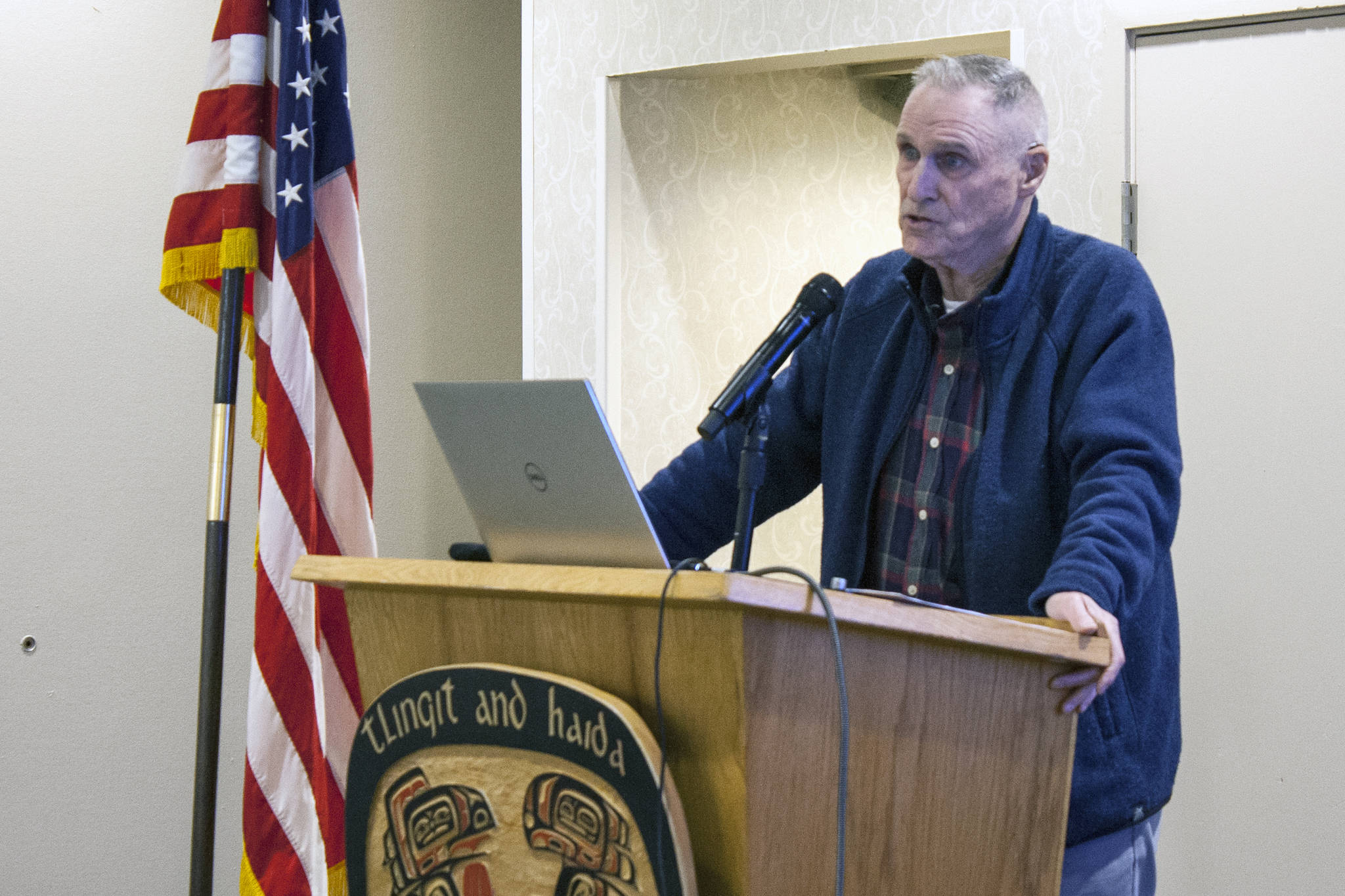By Bill Corbus
As opponents of Ballot Measure 1, we, at KEEPAlaska Competitive, believe that the resulting 150-300% increase in the production tax will drive Alaska’s total government take higher than competing oil provinces. Many of our competitors also have attractive geology and lower costs than Alaska for pumping and delivering oil to market. Investment on the North Slope is necessary to offset the 5-6% per year natural decline of our largest oil fields and keep oil production steady. If investments, which would go to the North Slope, go elsewhere, oil production will falter as will oil tax revenues, royalties and corporate income taxes to Alaska’s treasury. At the present $40 per barrel oil environment and the current rate of production, the initiative may initially bring in an additional $250 million to the state (assuming the initiative does not get tied up in litigation before any production tax is paid to Alaska). This will not make a huge dent in the $1 billion budget deficit we face. But, in the intermediate to long run the treasury will suffer from the falloff of North Slope investment that in turn will result in lower oil production and lower taxable oil revenues. What good does it do Alaska to have a higher tax on a significantly lower level of production?
So, let us examine several of the myths claimed by the proponents of Ballot Initiative
1. A 150-300% increase in the Production Tax will not impact North Slope oil investment and production. Wrong. North Slope producers have other investment opportunities with equally favorable geology, lower production and transportation costs, and less total government Take (i.e., the combination of taxes and royalties). Why would they not invest in oil provinces offering greater profitability opportunities and stable tax systems? For example, ConocoPhillips just purchased Concho on private land in the Permian Basin for $9.7 billion.
2. It is our oil and the Alaska Constitution says its resources should be developed for the benefit of Alaskans — a correct statement. Should we view it from a short or a long-term perspective? In the very short term at today’s price of $40 per barrel, Alaska would receive around $250 million (assuming no litigation). But longer term, as oil production falters in response to higher tax rates and investment dollars going elsewhere, oil revenues to the Alaska treasury will also falter. Looking at the intermediate to longer term, oil revenues to the treasury will be less than with current oil production tax system. Does passage of Ballot Measure 1 work to the benefit of Alaskans. We say no.
3. Passage of Ballot Measure 1 will protect the Permanent Fund Dividend. For 2020 Alaska has paid out approximately $600 million in dividends. Going forward, despite the deficit which Alaska faces, many are calling for increased dividends. Where is the money going to come from? If Ballot Measure 1 passes and no litigation follows, at $40 oil, Alaska may receive $250 million in additional production taxes. Will it be used to help address the budget deficit or will it be used to protect the dividend? Longer term with less oil revenues accruing to the Treasury, than under the current SB21 oil tax system, it is a very long leap of faith to say the passage of Ballot Measure 1 will protect the dividend.
So please Alaska keep your eye on the ball. Think beyond tomorrow. Ballot Measure 1 has the potential to permanently injure Alaska’s major industry, tax base and employers providing high paying jobs. Do not be deceived by the myths put forward by the proponents. Don’t go there Alaska, Vote no on Ballot Measure 1.
• Bill Corbus served as Commissioner of Revenue from 2003-2006, is retired and working as a volunteer for KEEP Alaska Competitive, a grassroot organization opposed to Ballot Measure 1. Columns, My Turns and Letters to the Editor represent the view of the author, not the view of the Juneau Empire. Have something to say? Here’s how to submit a My Turn or letter.

